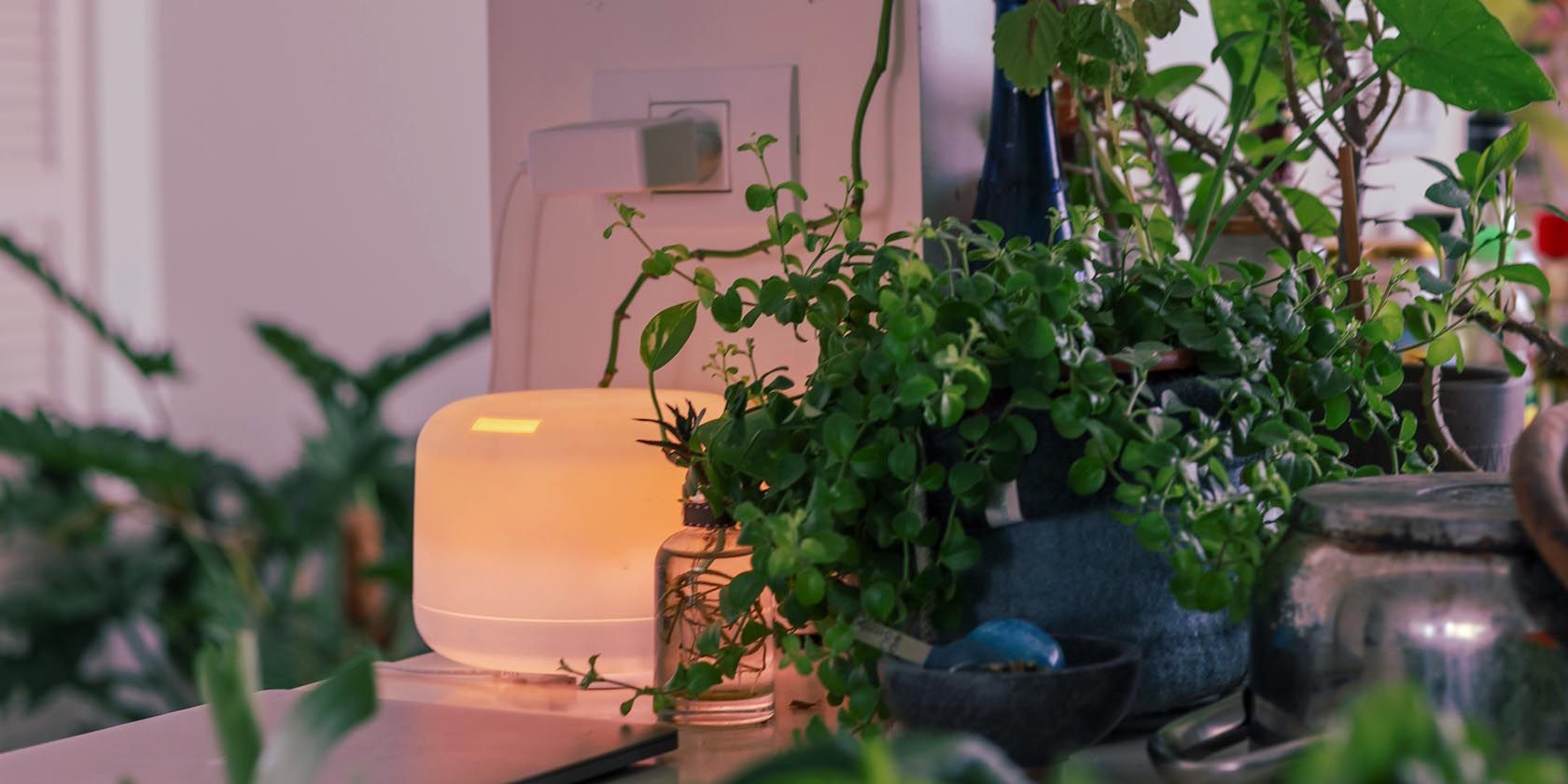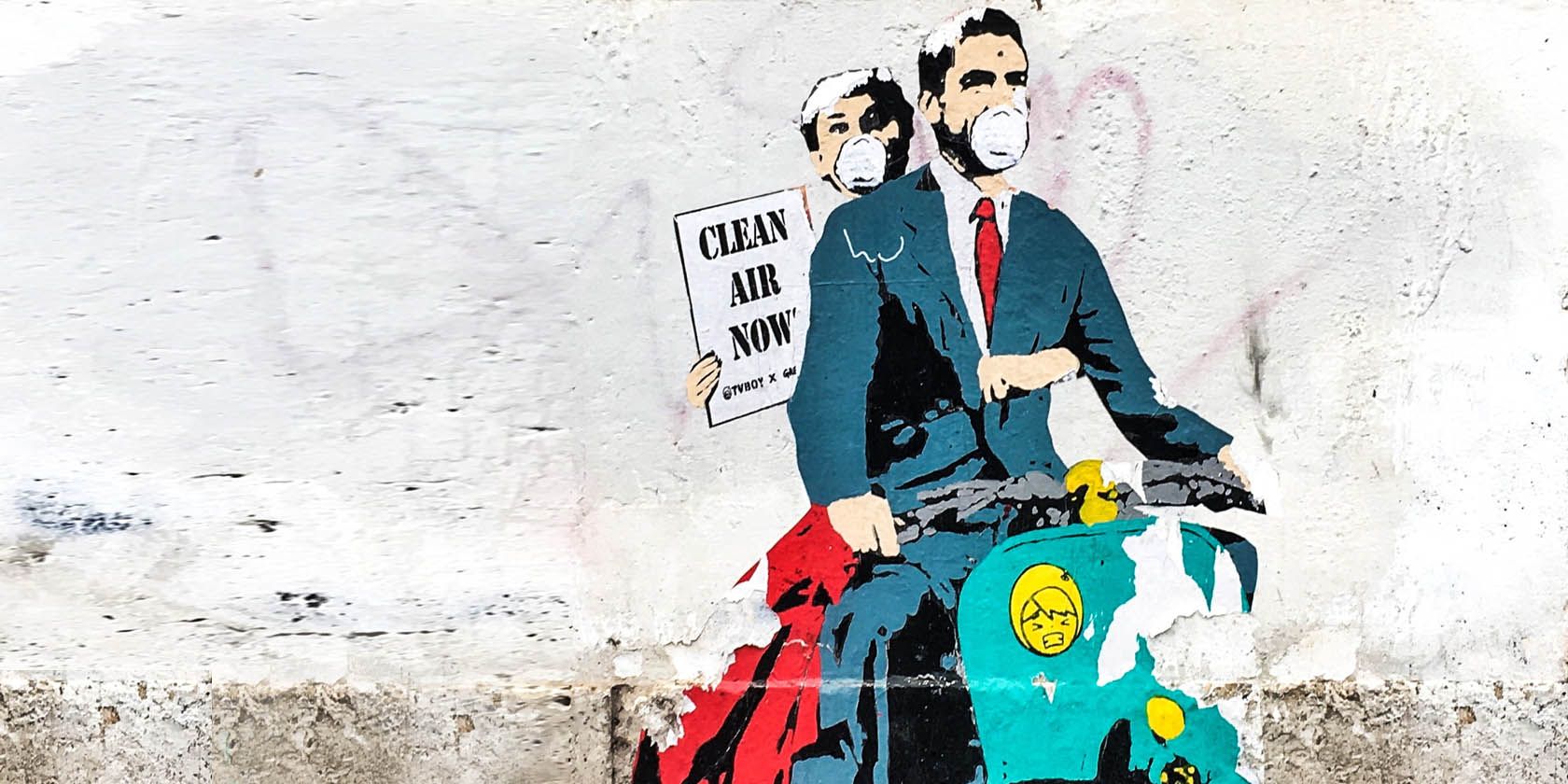There's a long-standing link between air pollution and respiratory illness or even cancer. However, they're the big-ticket issues for air pollution side effects.
A recent study found more insidious consequences when the air quality drops, including depression, anxiety, increased rates of suicide, and an overall increase in the risk of mental disorders, especially among children.
So, what can you do about it? An air purifier is one option and is readily available to most people. But is how does an air purifier work, and are they effective at improving your local air quality?
What Does an Air Purifier Do?
The study, published in the British Journal of Psychiatry, tracked 13,000 participants in London, UK, and found that reducing the volume of small particle pollution by even a few percentage points would make a huge difference to mental health and save tens of millions in sunk healthcare costs each year.
But to do this, you need cleaner air. Outside, you're relying on the government and businesses to use cleaner vehicles or implement other clean air initiatives. But in your home, you have another option: an air purifier.
For an air purifier to do its job properly, it has to work in a closed system. At the room’s entry point, air purifiers use fans to suck in the outside air. Then, this air is filtered and pushed out as clean air. From this follows that filters are critical components in ensuring air purifier efficacy.
Air purifier filters can be made out of:
- Paper
- Fiberglass
- Fiber
- Mesh
Good ones have multiple filter layers that have to be replaced regularly to remain effective. This replacement cost can range up to $100 annually. For larger particles, air filters are usually reusable, only required to be meticulously washed. These pollutants can range from pollen to dust mites. Such air purifiers are the most common, but you can’t rely on them to remove smaller air impurities.
Does an Air Purifier Kill All Bacteria and Mold?
If you want an air purifier that kills airborne bacteria or mold, it would have to be an active model, besides simply having a fan and a filter mesh for large pollutants. Such air purifiers employ UV (ultraviolet light) filters. An active air purifier uses higher wattage to expose air to ultraviolet rays constantly.
You will be pleased to know that these air purifiers also kill COVID-19 virus particles, including the variants. They are most commonly marketed with the UV-C feature—short-wave ultraviolet light. On other markets, these active air purifiers will also be marketed as UVGI, standing for ultraviolet germicidal irradiation.
How Can UV Light Kill Viral and Bacterial Particles?
You may have noticed that when you go to the beach during summertime, you will suffer radiation burns without having any sunblock. This is because the sun emits a type of UV light. When your skin is exposed to it, it reddens, signifying inflammation. In other words, your skin cell DNA suffers damage when it is bombarded with UV radiation.
Regardless if a virus is RNA or DNA-based, it suffers the same damage. This is also the reason why flu seasons retreat during summer and intensify during autumn/winter. Both viruses and bacteria are single-cell organisms, relying on the integrity of their DNA to survive and proliferate. Therefore, UV-C air purifiers effectively mimic the sun in enclosed spaces.
Acting as lamps, these germicidal air purifiers can either have a mercury, phosphor, or quartz-based UV light emitter. Accordingly, they can either give out a bluish hue or be completely invisible to the human eye. Currently, EPA recommends that residential areas use UV-C air purifiers at a 254nm wavelength.
Limits to UV Air Purifiers
To complete their germicidal removal, UV-based air purifiers require longer exposure. In practice, this means that they lose effectiveness if there is high airflow coming into the space. Moreover, they can also break down oxygen molecules in addition to viruses and bacteria.
In turn, this creates ozone, which can cause negative health impacts. To avoid this from happening, manufacturers have started using a special coating to further fine-tune the wavelength. Furthermore, while they do eliminate some types of mold and bacteria, they don’t work as well on mold and bacterial spores.
Such spores require heightened UV radiation and prolonged exposure. Oftentimes, residential-grade air purifiers are not strong enough to do the job. Lastly, UV-C air purifiers don’t affect organic particles coming from VOCs (volatile organic compounds)—chemical fumes (from things like paint and varnish), smoke, pet dander, allergens, and other pollution-related compounds.
What Is the Best Solution for Air Pollution Removal?
A UV-C air purifier will do the trick if you live in a sparsely populated area free of air pollution but you are worried about viruses. On the other hand, if you seek a more universal and comprehensive solution, an air purifier should also deal with VOCs. In fact, to their volatility, ultraviolet rays may exacerbate them by transforming them into more toxic compounds.
To increase effectiveness, a High-Efficiency Particulate Arrestance (HEPA) air filtration system is the way to go. Also referred to as "true HEPA filters," they are the go-to solution for people who suffer from allergies. The best models usually have multi-filtration systems, as is the case with Coway AP-1512HH Mighty Air Purifier.
PECO Air Purifiers Are the Best Option
However, on the more cutting-edge technology front, PECO (photoelectrochemical oxidation) air purifiers are becoming more popular.
Standing apart from both HEPA and UV-C methods, PECOs not only destroy allergens, VOCs, viruses, and resistant bacterial strains, but they also don’t produce ozone as a side effect. In addition, PECO air purification tech can remove particles as small as 0.1 nm, 1000x smaller than most HEPA filters allow.
Their price can range between $80 to $700, depending on the size of the space that needs to be purified. In conclusion, if you ever wondered if air purifiers are a waste of money, they are most certainly not. Both government agencies and independent labs show their efficacy if they are properly placed and maintained.
If you already own a HEPA air purifier for allergens and are less worried about pollution than COVID-19, simply back it up with a portable Bruun 36W Disinfection Lamp, free of ozone side effects.
Do You Need an Air Purifier?
If you want an air purifier at home or in your office and you can afford one, there's no reason not to get one. You can improve the overall air quality of your surroundings, which can help in numerous ways.



